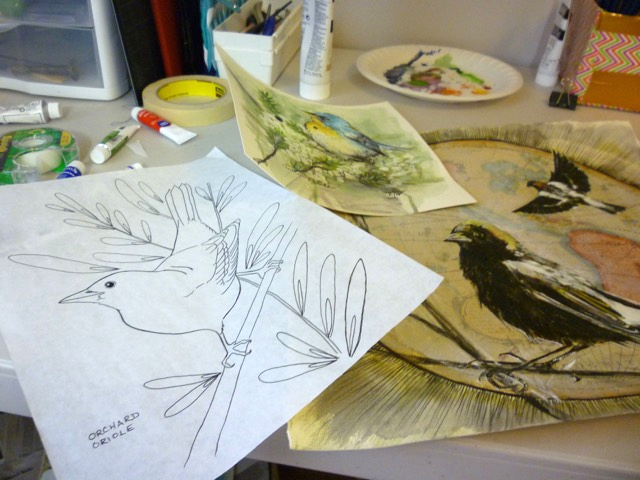Endangered Strangers: Darwin's Fox
Good day...
I am Darwin's Fox, Pseudalopex fulvipes, also known as Zorro Chilote.
Very pleased to make your acquaintance. Speaking of acquaintances,
did you know my ancestors met Charles Darwin during his voyage on
the Beagle? To mixed reviews, I daresay.
did you know my ancestors met Charles Darwin during his voyage on
the Beagle? To mixed reviews, I daresay.
Darwin's fox: A critically endangered species that will approach you for a snack. Yet the interwebs don't seem to know much about him. A most curious little fellow.
Only about 250-300 Darwin's Foxes remain in the wild. This fox is endemic to Chile and is only found in two remaining populations. The mainland population can be found in the coastal mountains near Nahuelbuta National Park. And a larger population on the Island of Chiloé.
One of the smallest fox species in the world at around 20 inches long (plus 6 -10 inches of tail) Darwin's fox has short legs and grizzled fur.
Enjoying an opportunistic diet and dining on what is seasonably available Darwin's fox selects small mammals, reptiles, beetles and invertebrates and fruit. In Chiloé Darwin's foxes have even been known to enter human houses at night in search of food.
Some slight cultural differences exist between the two populations, namely a solitary existence vs family group living.
On the mainland unleashed dogs in Nahuelbuta National Park can attack foxes and spread disease. In the park unregulated feeding of foxes has habituated Darwin's fox to humans. The foxes wait underneath vistior's cars looking for a snack and are easily run over. On Chiloé logging, forest fragmentation, and poaching pose a threat. Darwin's foxes are often under persecution from farmers who accuse them of...what else? Robbing the hen house.
Only about 250-300 Darwin's Foxes remain in the wild. This fox is endemic to Chile and is only found in two remaining populations. The mainland population can be found in the coastal mountains near Nahuelbuta National Park. And a larger population on the Island of Chiloé.
One of the smallest fox species in the world at around 20 inches long (plus 6 -10 inches of tail) Darwin's fox has short legs and grizzled fur.
Enjoying an opportunistic diet and dining on what is seasonably available Darwin's fox selects small mammals, reptiles, beetles and invertebrates and fruit. In Chiloé Darwin's foxes have even been known to enter human houses at night in search of food.
Some slight cultural differences exist between the two populations, namely a solitary existence vs family group living.
On the mainland unleashed dogs in Nahuelbuta National Park can attack foxes and spread disease. In the park unregulated feeding of foxes has habituated Darwin's fox to humans. The foxes wait underneath vistior's cars looking for a snack and are easily run over. On Chiloé logging, forest fragmentation, and poaching pose a threat. Darwin's foxes are often under persecution from farmers who accuse them of...what else? Robbing the hen house.



I love your Endangered Strangers posts!!
ReplyDeleteI actually recently started one called http://daughterearth.blogspot.com/search/label/Featured%20Creature
I love the animals you chose, I was actually planning on doing the Vaquita next but held off cause you had just posted it!
Daughter Earth,
ReplyDeleteGlad we inspired your Creature Feature. How lucky you are to have seen a tarsier in the wild! And get such a great photo!